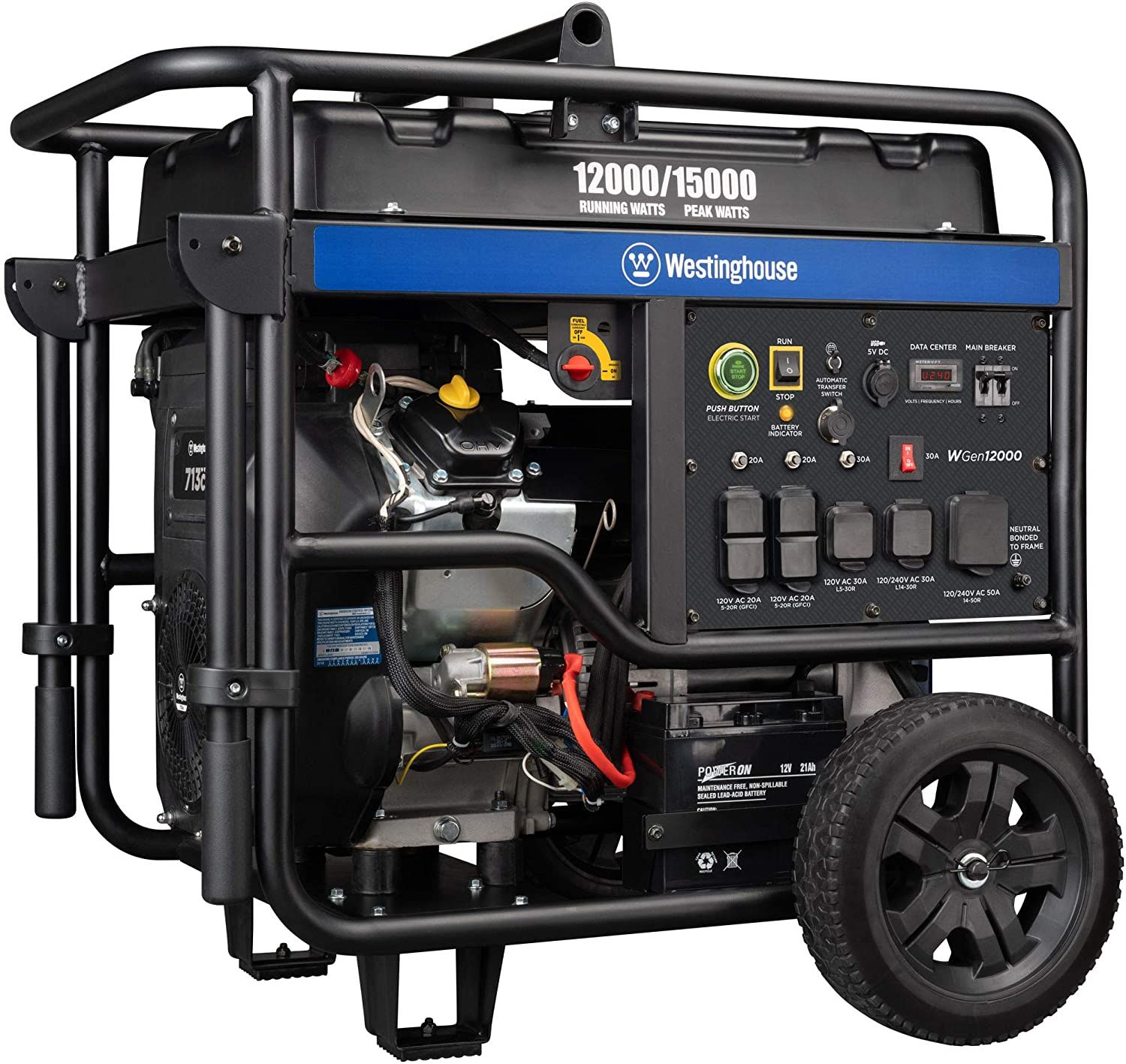Floor Plan Design Considerations

Designing a floor plan for a 4-bedroom house involves careful consideration of various factors to ensure functionality, aesthetics, and a comfortable living experience. This section will explore different 4-bedroom house floor plan layouts, their advantages and disadvantages, and tips for creating a functional and aesthetically pleasing design.
Popular 4-Bedroom House Floor Plan Layouts, Generator for 4 bedroom house
There are several popular 4-bedroom house floor plan layouts, each offering unique advantages and disadvantages.
- Open-Concept Layouts: Open-concept floor plans offer a spacious and airy feel by eliminating walls between the kitchen, dining, and living areas. This creates a sense of openness and allows for greater interaction between family members. However, open-concept layouts can also lead to noise and lack of privacy.
- Traditional Layouts: Traditional layouts typically feature separate rooms for each function, such as a formal dining room, a living room, and a kitchen. This provides more privacy and allows for distinct spaces for different activities. However, traditional layouts can feel more confined and less flexible than open-concept designs.
- Split-Level Layouts: Split-level layouts create distinct levels within the house, often with bedrooms on a different level than the main living areas. This can provide privacy for bedrooms and create a more interesting visual appeal. However, split-level layouts can be challenging to navigate and may require additional stairs.
Tips for Designing a Functional and Aesthetically Pleasing Floor Plan
Creating a functional and aesthetically pleasing floor plan for a 4-bedroom house requires careful planning and consideration of various factors.
- Traffic Flow: Ensure smooth and efficient traffic flow throughout the house by strategically placing doorways, hallways, and common areas. Avoid creating bottlenecks or cramped spaces that hinder movement.
- Natural Light: Maximize natural light by incorporating large windows, skylights, and open spaces. Natural light can create a more welcoming and inviting atmosphere, while also reducing the need for artificial lighting during the day.
- Privacy: Consider the privacy needs of each family member by carefully planning the placement of bedrooms, bathrooms, and other private spaces. Consider using sound-dampening materials and strategic placement of furniture to enhance privacy.
Room Design and Functionality

Designing a 4-bedroom house involves careful consideration of each room’s functionality and aesthetics. Each room should be optimized for its intended use, ensuring a comfortable and efficient living experience.
Bedroom Design
Bedrooms are personal spaces for rest and relaxation. Their design should prioritize comfort, functionality, and a calming atmosphere.
Bedroom Design Considerations
- Size: A standard bedroom should be at least 10 feet by 12 feet (120 square feet) for a single bed or 12 feet by 14 feet (168 square feet) for a king-sized bed.
- Furniture Layout: The layout should accommodate a bed, nightstands, a dresser, and potentially a desk or seating area. The placement of furniture should allow for easy movement and access.
- Storage: Maximize storage space with built-in wardrobes, under-bed storage, or a dedicated closet.
- Color Scheme: Opt for calming and relaxing colors, such as soft blues, greens, or grays. Avoid overly bright or stimulating colors that may interfere with sleep.
- Lighting: Utilize a combination of ambient, task, and accent lighting to create a warm and inviting atmosphere.
Bathroom Design
Bathrooms are essential spaces for hygiene and relaxation. They require careful planning to ensure both functionality and aesthetics.
Bathroom Design Considerations
- Size: A standard bathroom should be at least 5 feet by 8 feet (40 square feet) for a single bathroom, while larger master bathrooms can be 8 feet by 10 feet (80 square feet) or more.
- Layout: The layout should allow for easy access to the toilet, sink, shower, and bathtub (if included).
- Storage: Maximize storage with medicine cabinets, vanities with drawers, and shelves.
- Ventilation: Proper ventilation is essential to prevent moisture buildup and mold.
- Color Scheme: Choose calming and clean colors, such as white, beige, or light blues.
Kitchen Design
The kitchen is the heart of the home, a space for cooking, dining, and socializing. It requires careful planning to ensure functionality and efficiency.
Kitchen Design Considerations
- Size: A standard kitchen should be at least 10 feet by 12 feet (120 square feet). Larger kitchens can be 12 feet by 16 feet (192 square feet) or more.
- Layout: Consider popular kitchen layouts like the galley, L-shaped, U-shaped, or island layouts.
- Storage: Maximize storage with cabinets, drawers, pantries, and built-in appliances.
- Work Triangle: The work triangle, which connects the sink, stove, and refrigerator, should be well-designed for efficient movement.
- Color Scheme: Choose neutral colors for cabinets and walls, and add pops of color with accents and accessories.
Living Room Design
The living room is a space for relaxation, entertainment, and socializing. It should be comfortable, inviting, and reflect the homeowner’s style.
Living Room Design Considerations
- Size: A standard living room should be at least 12 feet by 16 feet (192 square feet). Larger living rooms can be 16 feet by 20 feet (320 square feet) or more.
- Furniture Layout: The layout should accommodate a sofa, armchairs, a coffee table, and potentially a TV or entertainment center.
- Storage: Maximize storage with built-in shelves, cabinets, or a media console.
- Color Scheme: Choose calming and inviting colors, such as warm neutrals, earthy tones, or blues.
Dining Room Design
The dining room is a space for family meals and gatherings. It should be comfortable, elegant, and conducive to conversation.
Dining Room Design Considerations
- Size: A standard dining room should be at least 10 feet by 12 feet (120 square feet). Larger dining rooms can be 12 feet by 16 feet (192 square feet) or more.
- Furniture Layout: The layout should accommodate a dining table, chairs, and potentially a buffet or sideboard.
- Storage: Maximize storage with a buffet or sideboard.
- Color Scheme: Choose elegant and sophisticated colors, such as rich browns, deep blues, or golds.
Exterior Design and Landscaping: Generator For 4 Bedroom House

The exterior design of a 4-bedroom house plays a crucial role in defining its overall aesthetic appeal and curb appeal. It sets the tone for the entire property and creates a lasting impression on visitors. Carefully considering the architectural style, landscaping features, and exterior materials can enhance the home’s visual appeal and create a harmonious and inviting atmosphere.
Architectural Styles
Choosing the right architectural style for a 4-bedroom house is an important decision that influences the exterior design and overall character of the home. Here are some popular styles that are well-suited for larger homes:
- Contemporary: This style emphasizes clean lines, geometric shapes, and minimalist details. It often features flat roofs, large windows, and open floor plans. Contemporary homes typically use materials like concrete, steel, and glass to create a modern and sleek look.
- Traditional: Traditional homes are characterized by their classic and timeless design elements. They often feature symmetrical facades, gabled roofs, and decorative details like columns, porches, and bay windows. Common materials include brick, stone, and wood, which contribute to a sense of warmth and sophistication.
- Farmhouse: Farmhouse style homes exude a rustic charm and cozy appeal. They typically feature simple lines, pitched roofs, and large windows. Common materials include wood siding, stone accents, and metal roofing. Farmhouse homes often incorporate porches, covered patios, and landscaping features that blend seamlessly with the surrounding environment.
- Modern: Modern architecture is known for its clean lines, open spaces, and emphasis on functionality. It often features flat roofs, large windows, and a focus on natural light. Modern homes typically use materials like concrete, steel, and glass, creating a minimalist and sophisticated aesthetic.
Exterior Design Elements
The exterior design of a 4-bedroom house can be further enhanced by incorporating carefully chosen elements:
- Roof Lines: Roof lines play a significant role in shaping the overall silhouette of a house. They can create visual interest and add character to the design. Common roof types include gable, hip, gambrel, and flat roofs. The choice of roof line should complement the architectural style and the overall design aesthetic.
- Windows: Windows are essential for natural light and ventilation, but they also serve as important design elements. Different window styles, such as casement, bay, or picture windows, can add visual interest and enhance the curb appeal. The size and placement of windows can also impact the overall look and feel of the home.
- Doors: The front door is the first thing visitors see and should make a welcoming impression. The choice of door style, material, and color can significantly impact the curb appeal. Consider using a solid wood door with intricate detailing or a modern glass-paneled door to create a statement.
- Landscaping Features: Landscaping features play a crucial role in enhancing the visual appeal and functionality of the exterior. Well-designed landscaping can create a sense of harmony between the house and its surroundings. Consider incorporating elements like walkways, patios, gardens, trees, and shrubs to create a beautiful and inviting outdoor space.
Exterior Materials and Colors
Choosing the right exterior materials and colors is essential for creating a cohesive and visually appealing design. The materials should complement the architectural style and enhance the overall curb appeal.
- Materials: Common exterior materials include brick, stone, wood siding, stucco, and metal cladding. The choice of materials should consider factors like durability, maintenance requirements, and aesthetic appeal. For example, brick is a durable and low-maintenance option, while wood siding offers a more traditional look.
- Colors: Exterior colors can significantly impact the overall look and feel of a house. Consider using a neutral color palette for the main body of the house and adding pops of color through accents like the front door, trim, or shutters. For a contemporary style, consider using bold colors or contrasting shades. For a traditional style, opt for classic and timeless colors like white, gray, or beige.
Generator for 4 bedroom house – A generator for a 4-bedroom house is a significant investment, but one that can provide peace of mind during power outages. However, before you start installing a generator, ensure you’ve addressed all other potential issues, such as a malfunctioning bathroom fan.
If your home has a Nutone bathroom fan, you can find a comprehensive guide for removal here. Once you’ve tackled any necessary repairs, you can confidently move forward with your generator installation, knowing your home is well-equipped for any eventuality.
A generator for a 4-bedroom house is a significant investment, ensuring power during outages. But don’t forget the smaller details that contribute to comfort and safety. Proper ventilation is crucial, and a well-installed bathroom fan can prevent moisture buildup and mold.
For expert bathroom fan installation near me , you can find qualified professionals who will ensure your bathroom stays fresh and healthy. With a reliable generator and a properly installed bathroom fan, you’ll be prepared for any situation and enjoy a comfortable, healthy home.
